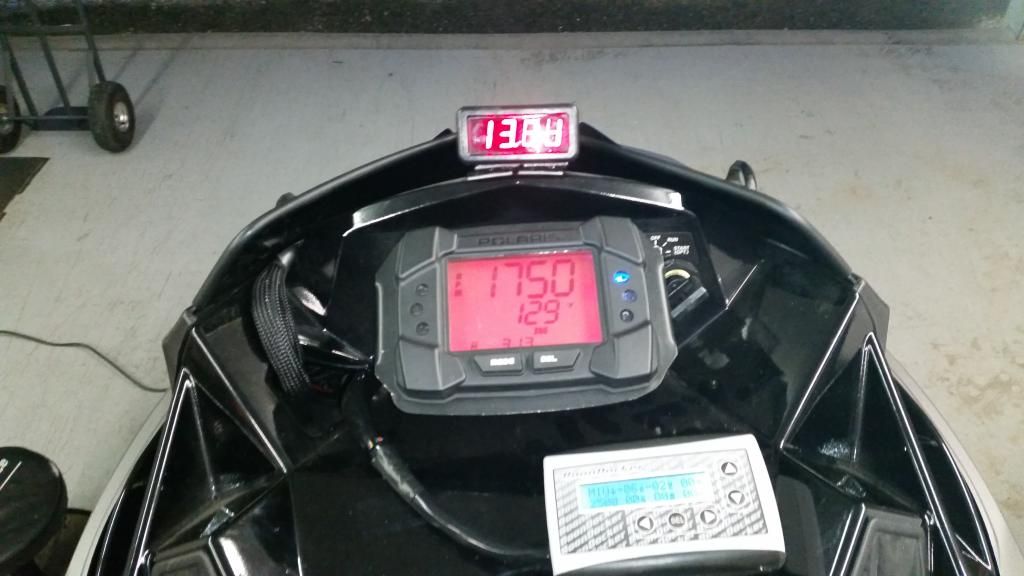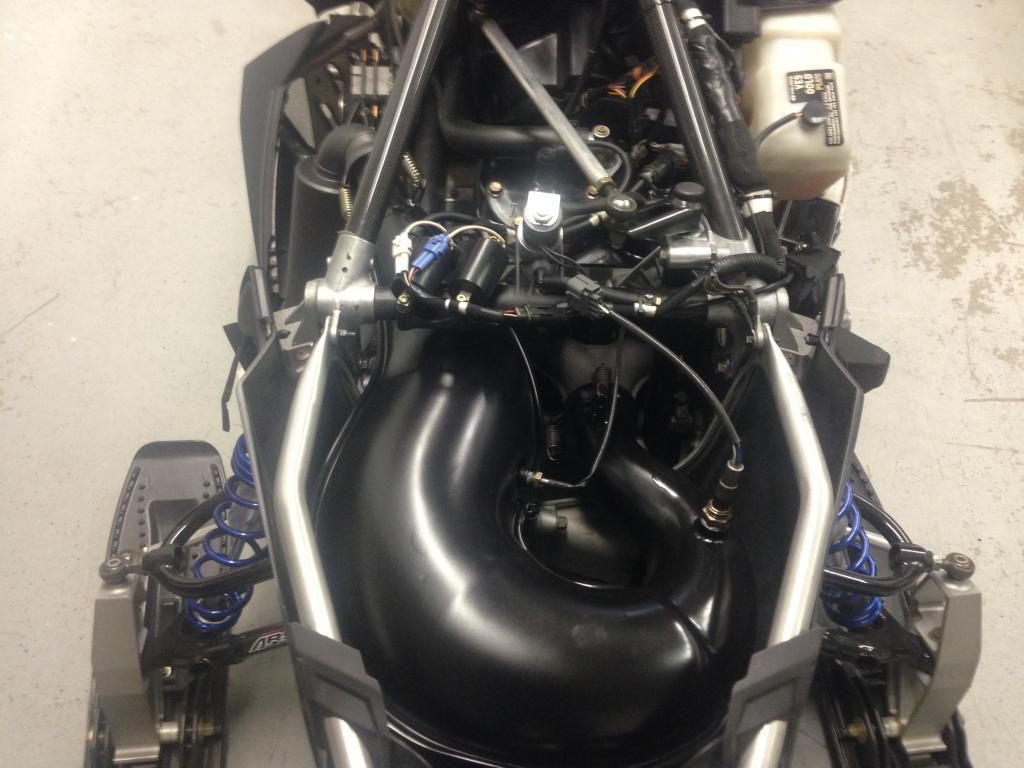Hi.
I know there are alot of rktek 858 threads out there. But can't find any recommendations for a/f ratios, besides WOT.
What numbers for what rpm is recommended?
Ive tuned several Boondocker turbos before, but this is my first big bore, and want to know what to aim for.
I use my sled for 50/50 trail crusing and boondock playing.
Thanks.
I know there are alot of rktek 858 threads out there. But can't find any recommendations for a/f ratios, besides WOT.
What numbers for what rpm is recommended?
Ive tuned several Boondocker turbos before, but this is my first big bore, and want to know what to aim for.
I use my sled for 50/50 trail crusing and boondock playing.
Thanks.





